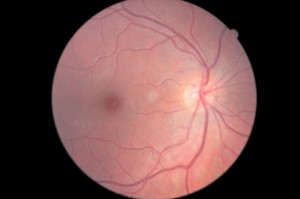When can children start wearing contact lenses? Research has shown that children as young as 8 years old can successfully handle, care for and wear contact lenses. Is your child ready to try them? Consider the following information before making a decision:
- Contact Lenses for Active Kids
Spectacles are cumbersome. They don’t fit under sport helmets and can fall off or slide down the nose with vigorous activity. Spectacle frames obstruct the field of view and cold weather plus hot kid can fog lenses up.
- Contact Lenses can Boost Confidence
Contact lenses can improve how kids feel about their appearance and sports abilities as well as their interactions with peers.
- Vision with Contact Lenses
Contact lenses provide more natural vision than spectacle lenses, which can make objects look distorted. Spectacle lenses for the correction of myopia can also make objects appear smaller than they really are.
- Contact Lenses are Cost-Effective
After taking into account the cost of lenses and frames, and replacing spectacles due to damage or loss, contact lenses may actually be a less expensive option.
- Kids can Learn to Care for Contact Lenses
Research at the Centre for Contact Lens Research found that children aged 8-16 years old with no previous experience wearing contact lenses were easily fit with and able to care for contact lenses.
- Is Your Child Ready to Try Contact Lenses?
Parents are in the best position to know whether a child is responsible enough for contact lenses. Does your child keep his room tidy? Does he need reminding to brush his hair and teeth? Can you trust her to know when to remove a contact lenses?
- The Bottom Line
Serious ocular complications from contact lens wear are rare, and no more common in children than in adults. While contact lenses might not work for every child, a motivated child can be just as successful with contact lenses as an adult.
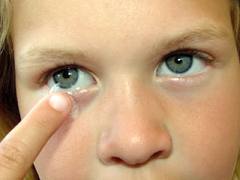
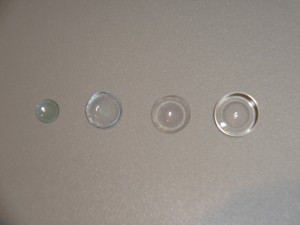
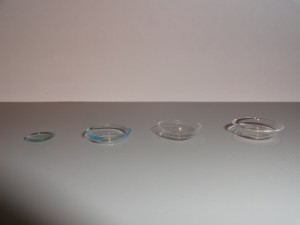


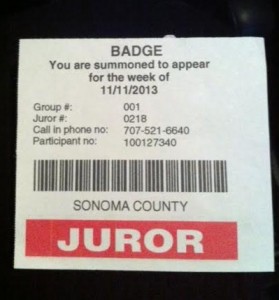
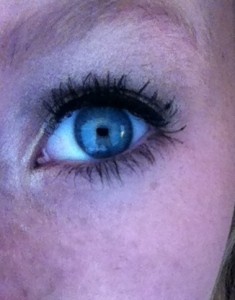
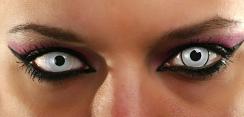 Cosmetic contact lenses can add the perfect effect to many Halloween costumes. But it isn’t worth losing your eyesight over. The Federal Drug Administration (FDA) has released a consumer update video on the dangers of wearing special effects contact lenses when not properly prescribed by an authorized eye care professional, not properly worn and cared for and purchased from an illegal source.
Cosmetic contact lenses can add the perfect effect to many Halloween costumes. But it isn’t worth losing your eyesight over. The Federal Drug Administration (FDA) has released a consumer update video on the dangers of wearing special effects contact lenses when not properly prescribed by an authorized eye care professional, not properly worn and cared for and purchased from an illegal source.
